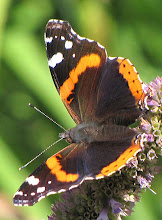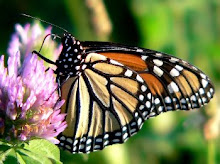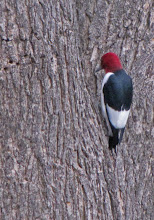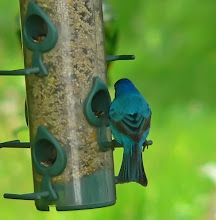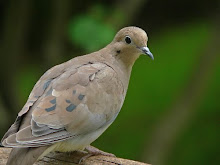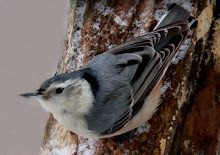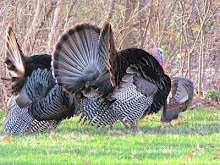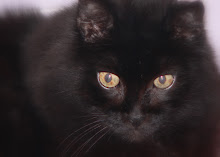
Yesterday afternoon I made the rounds. Starting at Menards, which is closest, I found a couple good buys. First a tiny hosta named Blue Mouse Ears. Who wouldn't love a plant named mouse ears? I haven't added a hosta to my garden in years because of the virus problem but I decided to put this little fellow in an isolated spot where it has no contact with my other hostas.
Next I found purple garden phlox, two for $3, can't beat that. Finishing up with a few annuals and I was off to my next stop.
Home Depot, their plant selection was disappointing but I did pick up a new pair of pruners. Pruners are more or less disposable items to me. I lose them. Last year John Deere found two of my pruning saws. What a mess. I haven't seen my bypass pruners in quite a while. Maybe John will find them too. I need to paint these new pruners 'dayglo' orange before I ever take them out of the house.
Next I found some deliciously colored petunias for ever blooming accents in pots and between perennials. I passed the Lady in Red salvia which was a mistake. I will definitely go back for that one.

Feeling very pleased with myself I loaded up the trunk and headed home. I have several other garden centers to visit but that will be another day.
Now comes the hard part. Except for the phlox and the hosta, none of these plants can be put into the garden or even into heavy containers until after the last frost date, May 15. That means constant watering and tending. I also foresee a lot of dragging them into and out of the garage on cold nights. It will be worth the extra effort to finally have some color even if it's only sitting in a box on the driveway;)
It's been a pretty good season for daffodils. The temperatures have been low and the rain plentiful. The plants below have kept their color for quite a long period but are starting to fade.
Most of the daffodil bulbs were added to the garden last fall. Next fall I hope to find a wider variety to include for next spring's bloom.


































